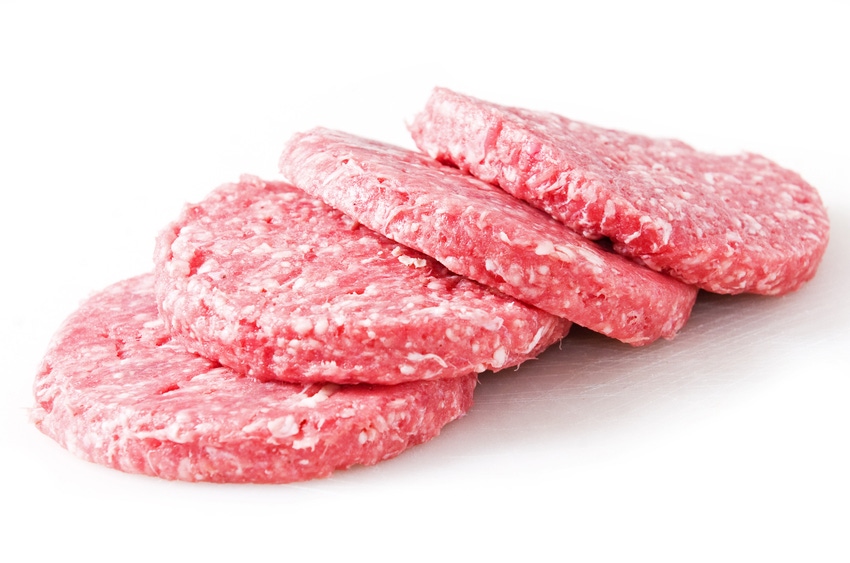Demand revolves around beef quality, too
Maintaining beef quality as carcasses grow heavier, supplies shrink and prices increase is key to preserving and building beef demand.
December 6, 2014

“Concerns about beef demand have preoccupied the beef industry for many months and will continue for months to come as beef production is expected to fall in 2015 and into 2016 pushing retail prices higher,” says Derrell Peel, Oklahoma State University Extension livestock marketing specialist.
According to Peel, all-fresh beef prices are currently 20% higher than a year earlier and likely don’t yet reflect the full impact of declining beef supplies. He adds that expectations are for steer and heifer slaughter to decrease another 2% next year, which would equate to a 1.0-1.5% decline in beef production.
For perspective, Peel notes beef production this year is projected to be about 5.2% less than last year. Total steer and heifer slaughter this year is expected to be the least since 1968.
“The demand challenge is not just one of beef quantity but, perhaps increasingly, one of beef quality,” Peel says. “The question of whether beef consumers will pay ever-higher prices for a smaller quantity of beef will likely depend critically on beef quality. There is a degree of quantity versus quality tradeoff in the beef industry that may be more critical in the coming months. The industry in general has (feedlot and packing companies directly) a strong short-run incentive to mitigate decreased animal numbers with larger carcass weights.
“Managing for ever-larger animals increases the chances of negative quality impacts. One such measure is quality grade, which, measured as Choice-grading percentage, has remained above year-over-year levels through most of 2014 but has dropped close to year-ago levels recently as carcass weights have jumped sharply. Potential quality grade impacts should be monitored carefully in coming months as efforts to push carcass weights continue,” Peel says.
As cattle feeders and packers battle slimmer numbers with heavier carcass weights, Peel points to the fact that consumers continue to be concerned about portion size and cost.
Subscribe now to Cow-Calf Weekly to get the latest industry research and information in your inbox every Friday!
“Consumers manage total dollars spent, and beef retailers accommodate this with grocery retailers managing package cost, and restaurants managing plate cost as much as possible to minimize the impact of high unit beef prices,” Peel explains. “This is increasingly difficult with larger and larger muscle cuts. There are strong indications that consumers will pay premium prices for beef, but only if quality is premium as well. Consumers demand a package of beef product attributes that includes marbling, tenderness, flavor, and product size. Using bigger carcasses in the short-term pursuit of beef quantity at the expense of middle meat demand is not beneficial for the beef industry.”
You might also like:
The Importance Of Beef Reproduction - What, How, Why
10 Lessons I Want To Share With My Teenage Son
5 Tips For Success In The Family Business
Grass-Fed Vs Grain-Fed Ground Beef: Research Shows No Difference In Healthfulness
About the Author(s)
You May Also Like




.png?width=300&auto=webp&quality=80&disable=upscale)
